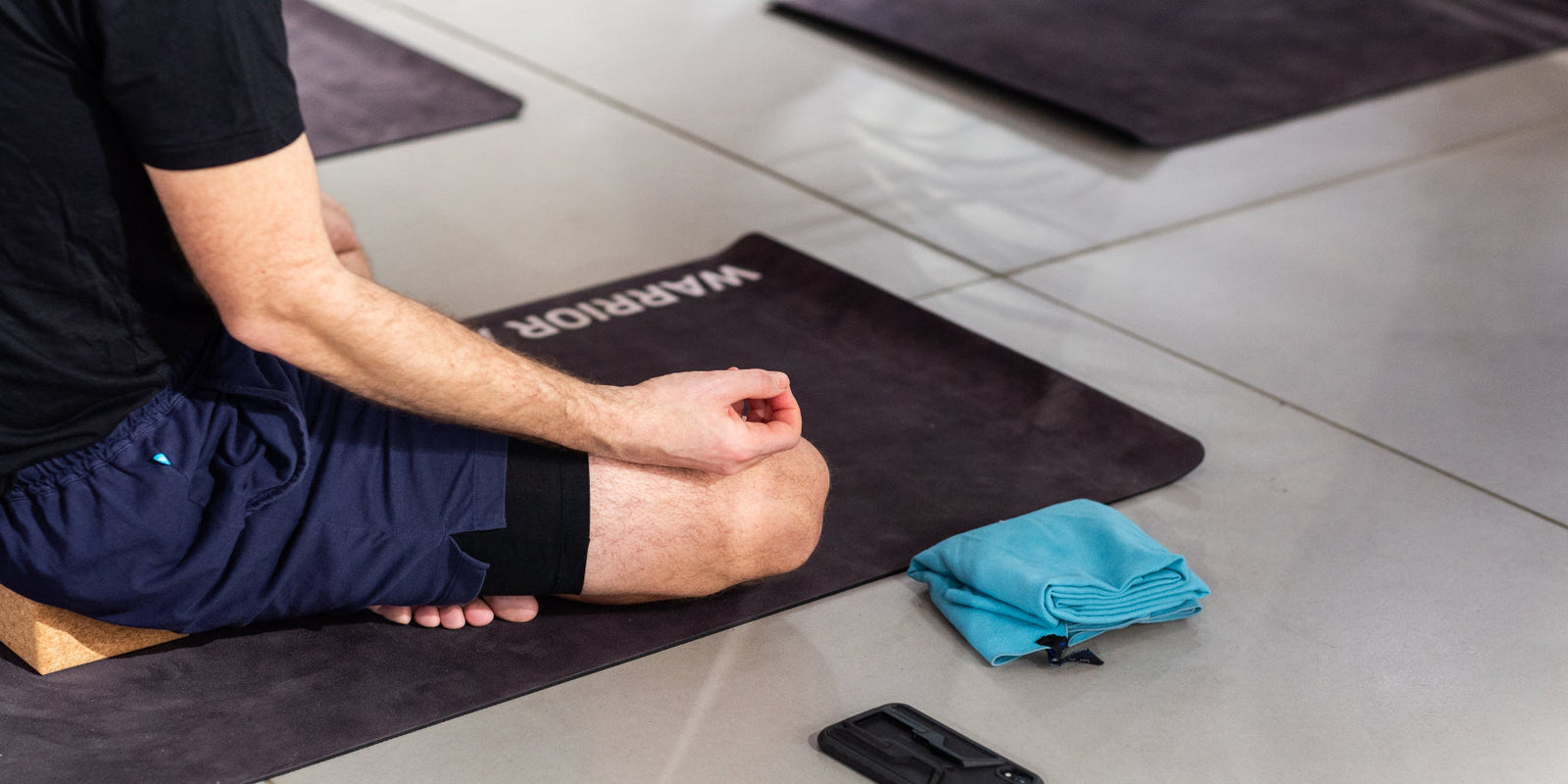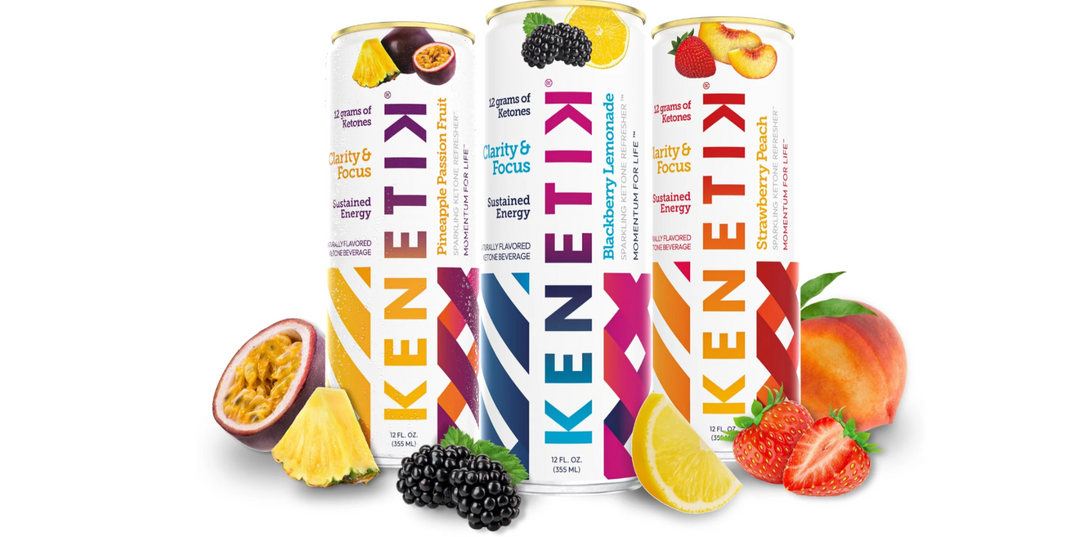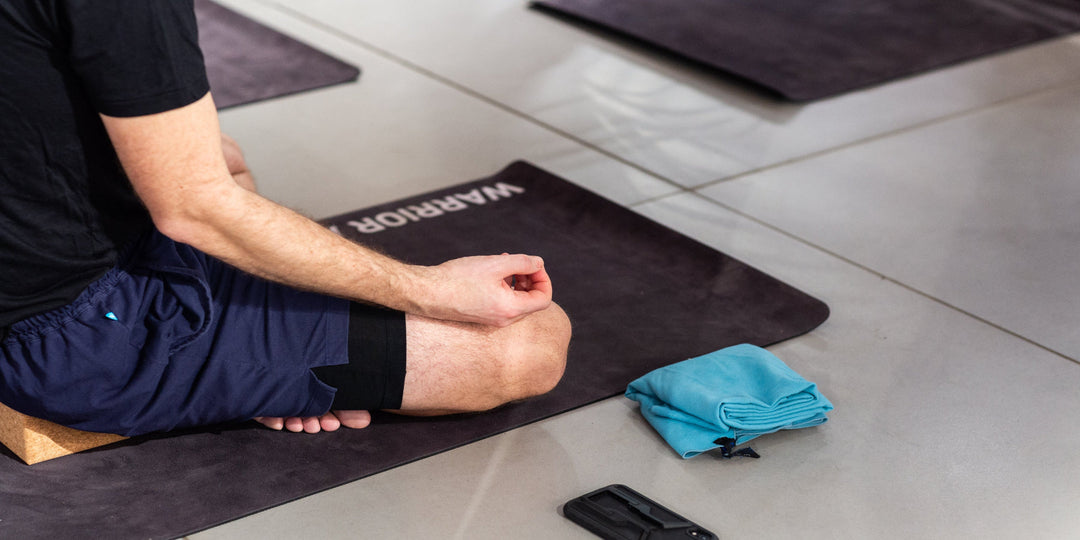Top 10 Benefits of Pilates for Men: Why You Should Start Today

Why Men Should Be Doing More Pilates

Pilates has long been stereotyped as a women's workout, but this perception couldn't be further from the truth. Originally developed by Joseph Pilates for male athletes and soldiers during World War I, Pilates is experiencing a renaissance among men who are discovering its powerful benefits for strength, flexibility, injury prevention, and overall athletic performance.
From professional athletes to busy executives, men are increasingly turning to Pilates to complement their training, recover from injuries, and build functional strength that translates to real-world performance. Whether you're a weightlifter, runner, desk worker, or weekend warrior, Pilates offers unique advantages that traditional gym workouts simply can't match.
Essential Pilates Gear for Men
Before we dive into the benefits, here's the essential gear you'll need to start your Pilates journey:
Top 10 Benefits of Pilates for Men
1. Builds Functional Core Strength
Unlike traditional ab exercises that focus on superficial muscles, Pilates targets the deep core muscles that stabilize your spine and pelvis. This functional core strength improves posture, reduces back pain, and enhances performance in every physical activity from lifting weights to playing sports.
Pilates' focus on core stability makes it particularly valuable for men who spend long hours sitting at desks or who engage in repetitive sports movements that can create muscular imbalances.
2. Improves Flexibility and Mobility
Men typically have tighter muscles than women, particularly in the hips, hamstrings, and shoulders. Pilates systematically addresses these tight areas through controlled, flowing movements that lengthen muscles while building strength.
Improved flexibility reduces injury risk, enhances athletic performance, and makes everyday movements easier. For men who lift weights, increased flexibility allows for better form and deeper ranges of motion, leading to better muscle development.
3. Prevents and Rehabilitates Injuries
Pilates is widely used in physical therapy and rehabilitation because it strengthens muscles without placing excessive stress on joints. The low-impact nature makes it ideal for recovering from injuries while maintaining fitness.
The practice corrects muscular imbalances that often lead to injury, particularly in the lower back, shoulders, and knees. Many professional athletes use Pilates as injury prevention and to extend their careers.
Reference: National Center for Biotechnology Information

4. Enhances Athletic Performance
Professional athletes across all sports incorporate Pilates into their training. The practice improves body awareness, balance, coordination, and movement efficiency – all crucial for peak athletic performance.
Pilates teaches you to move from your core, creating more powerful and efficient movement patterns. Runners improve their stride efficiency, golfers increase their rotational power, and weightlifters develop better lifting mechanics.
5. Reduces Back Pain
Lower back pain affects millions of men, often caused by weak core muscles, poor posture, and muscular imbalances. Pilates specifically targets these issues by strengthening the deep stabilizing muscles of the spine and improving postural alignment.
Studies have shown that regular Pilates practice can significantly reduce chronic lower back pain, often more effectively than traditional physical therapy exercises alone.
Reference: National Institutes of Health
6. Improves Posture
Hours spent hunched over computers, phones, and steering wheels create postural problems that lead to pain and reduced performance. Pilates retrains your body to maintain proper alignment through strengthening weak muscles and stretching tight ones.
Better posture not only reduces pain but also improves breathing, digestion, and even confidence. You'll stand taller, move better, and feel more energized throughout the day.
7. Builds Mind-Body Connection
Pilates requires intense focus and concentration, creating a meditative quality that reduces stress while building physical strength. This mind-body connection improves body awareness, helping you move more efficiently and avoid injury.
The mental discipline developed through Pilates transfers to other areas of life, improving focus, stress management, and decision-making under pressure.
8. Complements Strength Training
Far from replacing weight training, Pilates enhances it. The practice addresses the flexibility and mobility limitations that often hold back strength gains. It also strengthens stabilizer muscles that support heavier lifts and reduces injury risk.
Many bodybuilders and powerlifters use Pilates to improve their lifting form, increase range of motion, and accelerate recovery between heavy training sessions.
9. Improves Breathing and Lung Capacity
Pilates emphasizes specific breathing patterns that improve lung capacity and oxygen delivery to muscles. Proper breathing reduces stress, improves focus, and enhances athletic performance.
The breathing techniques learned in Pilates can be applied to other activities, from running to public speaking, improving performance and reducing anxiety.
10. Provides Low-Impact, High-Intensity Training
Pilates delivers an intense workout without the joint stress of high-impact activities. This makes it ideal for men recovering from injuries, dealing with joint issues, or simply looking for a sustainable long-term fitness practice.
Don't mistake low-impact for easy – Pilates can be incredibly challenging, building strength and endurance while protecting your joints for long-term health.
Pilates vs. Yoga: What's the Difference?
Focus and Origin
- Pilates: Developed for rehabilitation and athletic performance, focuses on core strength and controlled movement
- Yoga: Ancient spiritual practice emphasizing flexibility, balance, and mindfulness
Movement Style
- Pilates: Flowing, controlled movements with specific breathing patterns
- Yoga: Held poses (asanas) with focus on alignment and breath
Equipment
- Pilates: Often uses specialized equipment (reformer, Cadillac) or mat-based
- Yoga: Primarily mat-based with minimal props
Primary Benefits
- Pilates: Core strength, posture, injury prevention, athletic performance
- Yoga: Flexibility, stress relief, spiritual connection, balance
Getting Started with Pilates
Types of Pilates for Men
Mat Pilates
Performed on a mat using bodyweight and small props. Great for beginners and can be done at home. Focuses on fundamental movements and core strength.
Reformer Pilates
Uses a specialized machine with springs for resistance. Provides more variety and can be easier for beginners in some ways. Requires studio access or significant home investment.
Clinical Pilates
One-on-one sessions with a physiotherapist, ideal for injury rehabilitation or specific physical issues. Highly personalized and therapeutic.
Contemporary Pilates
Modern interpretation incorporating elements from other disciplines. Often more dynamic and athletic, appealing to men who want a challenging workout.
What to Expect in Your First Class
- Controlled movements – Slower than you might expect, but incredibly challenging
- Core engagement – Every exercise involves your core muscles
- Precise breathing – Specific breathing patterns coordinate with movements
- Mental focus – Requires concentration and body awareness
- Modifications available – Exercises can be adapted to your level
- Post-workout soreness – You'll feel muscles you didn't know you had
Essential Tips for Men Starting Pilates
- Check your ego – Pilates is harder than it looks; start with basics
- Focus on form – Quality over quantity is the Pilates philosophy
- Breathe properly – Don't hold your breath during exercises
- Be patient – Results come with consistent practice
- Wear fitted clothing – Instructors need to see your alignment
- Communicate with instructor – Mention any injuries or limitations
- Practice regularly – 2-3 times per week for best results
How Often Should Men Do Pilates?
For Beginners
Frequency: 2-3 times per week
Why: Allows body to learn proper form while building foundational strength
For Intermediate Practitioners
Frequency: 3-4 times per week
Why: Maintains progress while allowing time for other training
For Advanced Practitioners
Frequency: 4-6 times per week
Why: Maximizes benefits and can serve as primary fitness practice
Combining with Other Training
- With weight training: 2-3 Pilates sessions on non-lifting days
- With running: 2 sessions weekly for injury prevention and core strength
- With sports: 1-2 sessions for flexibility and recovery
- For rehabilitation: Daily practice under professional guidance
Common Mistakes Men Make in Pilates
1. Rushing Through Movements
Pilates is about control and precision, not speed. Slow, controlled movements are more effective and safer than rushing through exercises.
2. Neglecting Breathing
Proper breathing is fundamental to Pilates. Holding your breath reduces effectiveness and can cause tension.
3. Using Momentum Instead of Muscle
Every movement should be controlled by your muscles, not momentum. This is what makes Pilates so effective.
4. Comparing to Others
Everyone's body is different. Focus on your own practice rather than matching others in the class.
5. Skipping the Basics
Advanced exercises look impressive, but mastering fundamentals is crucial for safety and effectiveness.
🧘♂️ Elevate Your Practice
Quality gear makes all the difference. From performance wear to premium mats, invest in equipment that supports your Pilates journey.
Pilates for Specific Goals
For Back Pain Relief
Focus on exercises that strengthen deep core muscles and improve spinal mobility. Work with a qualified instructor who can modify exercises for your specific condition.
For Athletic Performance
Emphasize exercises that improve rotational power, balance, and movement efficiency specific to your sport. Combine with sport-specific training.
For Injury Recovery
Work one-on-one with a clinical Pilates instructor or physiotherapist. Start slowly and progress gradually under professional guidance.
For General Fitness
Combine mat and reformer Pilates with cardiovascular exercise and strength training for a well-rounded fitness program.
Frequently Asked Questions
Q: Is Pilates just for women?
A: Absolutely not. Pilates was originally developed by Joseph Pilates for male athletes and soldiers. Today, professional male athletes across all sports use Pilates for strength, flexibility, and injury prevention. The stereotype is outdated and ignores Pilates' powerful benefits for men.
Q: Will Pilates help me build muscle?
A: Pilates builds lean, functional muscle through bodyweight resistance and controlled movements. While it won't create the bulk of heavy weight training, it develops strong, defined muscles and complements traditional strength training by improving form, flexibility, and core strength.
Q: Can Pilates replace weight training?
A: Pilates and weight training serve different purposes and work best together. Pilates excels at core strength, flexibility, and injury prevention, while weight training builds maximum strength and muscle mass. Most men benefit from combining both for optimal results.
Q: How long before I see results from Pilates?
A: Joseph Pilates famously said, "In 10 sessions you'll feel the difference, in 20 you'll see the difference, and in 30 you'll have a whole new body." Most men notice improved posture and reduced pain within 2-3 weeks, with visible strength and flexibility gains after 4-6 weeks of consistent practice.
Q: Is Pilates good for lower back pain?
A: Yes, Pilates is highly effective for lower back pain. It strengthens the deep core muscles that support the spine, improves posture, and corrects muscular imbalances that often cause back pain. Many physiotherapists recommend Pilates for chronic back pain management.
Q: Do I need special equipment for Pilates?
A: Mat Pilates requires only a mat and can be done at home. Reformer Pilates uses specialized equipment found in studios. Beginners can start with mat Pilates using minimal equipment before investing in studio classes or home equipment.
Q: Can I do Pilates if I'm not flexible?
A: Yes! Lack of flexibility is actually a great reason to start Pilates. The practice gradually improves flexibility through controlled movements. Exercises can be modified for any flexibility level, and you'll see steady improvement with consistent practice.
Q: Is Pilates a good workout for runners?
A: Excellent. Pilates addresses common runner issues like tight hips, weak glutes, and poor core stability. It improves running form, prevents injuries, and can enhance performance by building the core strength and hip mobility essential for efficient running.
Q: How is Pilates different from yoga?
A: While both improve flexibility and mind-body connection, Pilates focuses more on core strength, controlled movement, and athletic performance. Yoga emphasizes held poses, spiritual elements, and overall flexibility. Many men find Pilates more aligned with their fitness goals.
Q: Can Pilates help with posture from desk work?
A: Absolutely. Pilates specifically targets the postural problems caused by prolonged sitting. It strengthens the muscles that support proper alignment, stretches tight chest and hip flexors, and retrains your body to maintain better posture throughout the day.
Conclusion: Why Men Should Start Pilates Today
Pilates offers men a unique combination of benefits that complement any fitness routine or lifestyle. From building functional core strength and preventing injuries to improving athletic performance and reducing back pain, Pilates addresses the specific physical challenges men face.
The practice isn't about flexibility or grace – it's about building a strong, resilient body that performs better in every activity. Whether you're an athlete looking to enhance performance, a desk worker battling back pain, or someone seeking a sustainable long-term fitness practice, Pilates delivers results.
The key is consistency and proper instruction. Start with qualified instructors, focus on mastering the basics, and be patient with your progress. Combined with quality gear from our mens running shorts collection, you'll have everything you need to build a strong, balanced, injury-resistant body.
Don't let outdated stereotypes prevent you from experiencing the powerful benefits of Pilates. Your body – and your performance – will thank you.
References
This article references research and information from the following sources:











Leave a comment